Where art meets math
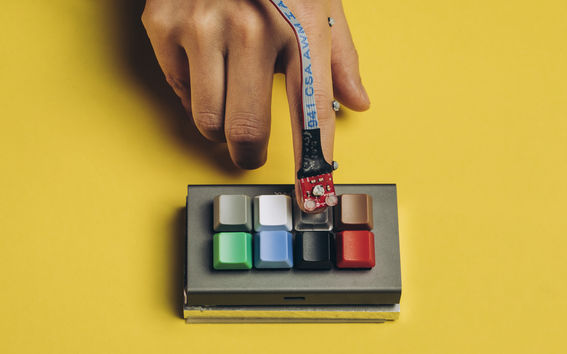
‘Computers are capable of generating billions of pieces of art on their own, but it's humans who decide which ones stand out,’ says Antti Oulasvirta. ‘Without the social and cultural context to understand the semantics behind the art, the computer cannot decide which pixel or sound combinations are most relevant or interesting.’
‘But an essential aspect of art is the creative exploration of space and of possibilities,’ he continues. ‘And this is an area where AI can indeed help designers, because AI can propose ideas for us without overriding our thinking and our styles.’
Oulasvirta is referring to a research project where his team looked at how machine-learning methods can support computer-aided creative design. The team developed a method for computers to learn an individual designer's preferences, and then make suggestions through an interactive gallery concept. ‘When you're doing any creative activity, you have this issue of near and far ideation. Sometimes you want to drill deep, and sometimes you want to take a step back,’ he says. ‘So we've developed a machine learning algorithm—incidentally called a bandit system—that first recognizes your style as a designer, and then tries to detect if you're exploring or drilling in.’
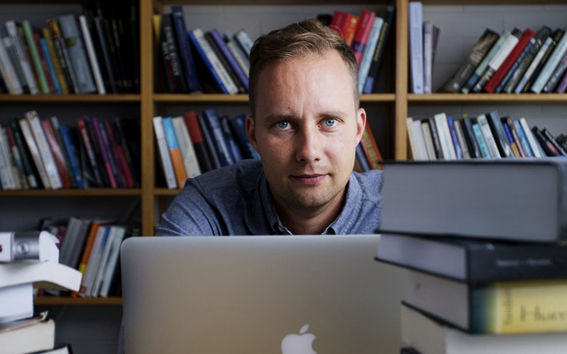
Oulasvirta's team tested the concept on 16 professional designers who were all given the task of creating a realistic mood board. After completing the task, 14 of the 16 said they would choose to implement the software in their everyday work.
‘One of the great features of the system is that it explains to the designer why it made a certain suggestion. You can ask the AI why it chose a specific colour, for instance, and it will explain its rationale,’ he says. ‘The system never overrides the designer though—it just makes suggestions to guide and steer in a way that makes the task easier."
Oulasvirta also works on keyboard design, and is currently finalising a project commissioned by the government of France to create a new standard for the French keyboard layout. With six types of quotation marks and approximately 190 special characters to consider, Oulasvirta approached the task as an optimization problem.
‘There were basically four things to consider: performance (the speed it takes to reach a specific character), ergonomics (how natural and easy it is for the hand), learnability (which means grouping characters that belong together), and familiarity (how similar it should be to the old keyboard),’ he says.
His work covers behavioural analytics too, analysing browsing and clickstream data so that companies can optimize the web experience for their customers.
‘Here we use models that come from psychology and human-computer interaction, and use machine learning methods to fit them to data in the best possible way,’ he says. ‘We can use models of perception instead of an eye tracker to predict where eyes move on a site, and we can define places where visitors get lost without needing to ask them.’
More from this series
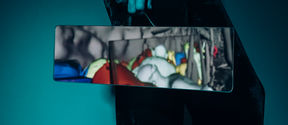
Making computer-generated images look just right
Machine learning imperfections in materials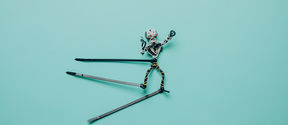
Rewiring art education
Käsityökoulu Robotti is an extra-curricular school for kids that is as much about having fun bending circuits as about learning by breaking boundaries.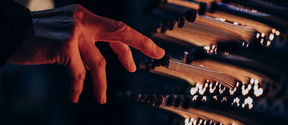
Quantum Garden uses sculpture to get the public to train AI
The sculpture gathers data sequences to help solve a quantum computing problem.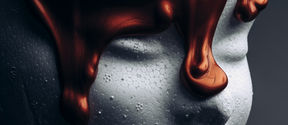
AI’s story won’t be complete without art
Aalto’s Kasperi Mäki-Reinikka wants art and technology to collide and make something newRead more news

Aalto Inventors innovation training coming for hydrogen, quantum and microelectronics researchers this spring
Connect with industry and academic thought-leaders and gain widely applicable skills in communication, intellectual property, and business.
Start the year with new insights – apply for FITech's spring courses!
Deepen your knowledge with courses from Finnish universities of technology, designed to meet the demands of the working life and help deepen your expertise for free.






